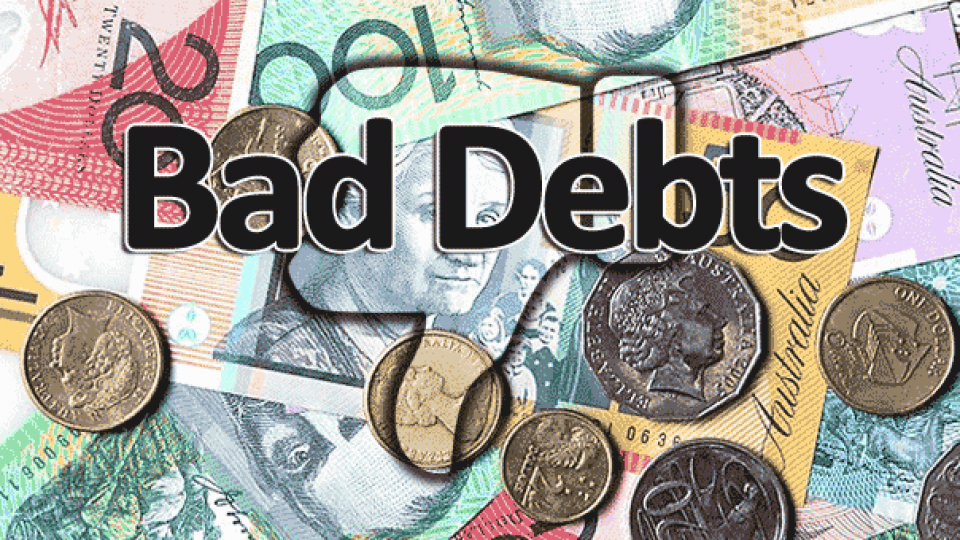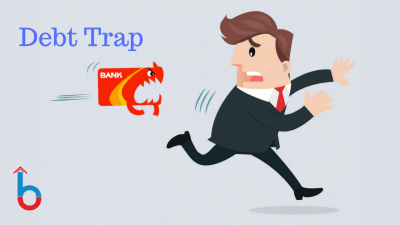In general, the opinion has stubbornly established that debt is fundamentally a bad thing. But economists generally agree that this is not the case. But what exactly are good debts? And why exactly can you describe them as good? You can learn more about this distinction here.
The question of what exactly good or bad debts are can be answered very simply: Good debts are those that make a person or a company look better financially at the end of the day than without the ones previously incurred Debts. In most cases, it is so-called investment debt.
So-called bad debts are usually those that have actually resulted in additional costs. Most of these are so-called consumer debts. Goods or goods are bought on a pump that do not generate a positive cash flow. But there is still nothing generally wrong with these debts. It is all about a financial valuation that leaves many other arguments for consumer debt out of the picture.
But let’s take a closer look at what the reasoning about good or bad debt looks like.
Good debt: investment in every way
If you take out debts, or loans or credits, to make a clever investment, one speaks in short of good debts. However, there is always a certain residual risk associated with such projects. It is therefore not always clear whether the debt is good or bad. In retrospect, you are always smarter.
Mortgage loans as good debts
The best example of private good debt is a mortgage loan that is used to purchase a house or apartment. The central argument that makes such a loan a good debt is that in most cases, real estate gains value over time. For example, suppose you buy a house. And that’s exactly what you do with a mortgage loan that runs for 15 years. Now you are paying interest on this debt. Over the course of 15 years, however, it is not uncommon for real estate to increase in value much more than the interest that you have to repay on your loan.
In such a case, you have clearly made an intelligent investment. So are they good or bad debts? Such loans are definitely the latter.

Entrepreneur loan with great profit
Similarly, an entrepreneur loan or start-up loan is also good debt. But only if the company is also successful. The start-up capital for a founder, which is used, for example, to purchase essential goods or everyday items such as machines, can pay off many times over. Namely, when the company is successful and in the black.
These two examples are just two of many conceivable good debts. A loan to purchase works of art or shares, for example, can also be profitable. This is the case when they increase in value so that they easily justify the interest on the loan. And yet one should not forget that such so-called good debts always involve risks. Depending on the example, you can opt for a wrong investment that does not increase in value in the long term as desired. Or else, they buy too expensive. And ultimately, even as a company founder, you have no guarantee of success. So there is no risk, not even when it comes to potentially good debts.
Good or bad debt – consumer goods and other
With bad debts it is much easier to find a definition. Basically, these are expenses that do not even offer the chance of a profit. A good example of this is, for example, a loan on a new car, or for other everyday items such as a television. Cars lose value over time and can therefore never cover the cost of credit when reselling them. An old-timer may be an exception.
According to our definition, a loan for a trip also falls into the category of a bad loan. Travel means expenses that have no material value. So you spend money that you don’t have and you pay extra for it through the loan interest.

Purely financial evaluation
But one thing has to be considered when defining a good or bad credit: It is always a financial assessment of the situation. For example, a trip can be an experience that changes life. A car can be badly needed, and even a new TV can significantly improve the quality of life.
When it comes to the question of whether a so-called bad credit is really that bad, you have to consider one. Is it all about the financial thing? Or is a certain edition worth more for other reasons? Then this distinction definitely appears in a different light, doesn’t it?
So it turns out that the distinction between good and bad debt is not necessarily a clear matter. This distinction only defines whether debts are good or bad financially. You may have to spend certain expenses even when you don’t have your own money. And in such cases you don’t need to have a guilty conscience.




